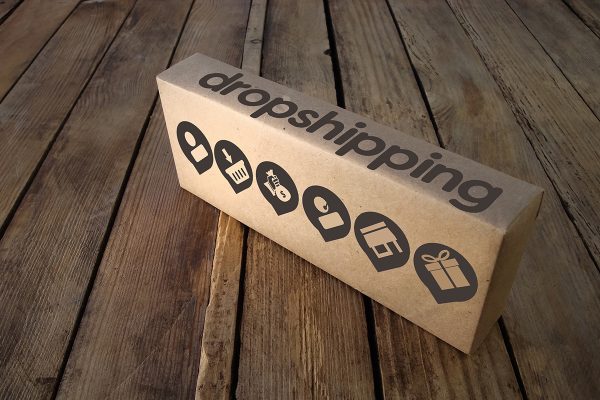Supplier Catalogue Integration for Virtual Stock Management
Transforming Data can assist with the problem of how to get data into systems or direct listings for volume sales. Their repeatable data conversion solutions allow Drop Shippers, Stockless Retailers and Online Sellers looking to expand their product listings, while reducing their operational costs (Cost per Listing).
In the first part of this series, we reviewed the considerations for converting a single supplier’s catalogue into listings to generate online sales from Virtual Stock.
Once a Seller or Retailer has mastered this process and benefits from increased sales; many choose to expand this model and upscale their listing volume to sell more products from a greater number of suppliers, broadening their sales reach across channels.
The Conundrum – Too Many Suppliers, Too Little Time
The more suppliers added, the greater the volume of products for sale and in turn the greater the opportunity to generate sales. The downside now presents itself as a dramatic increase in data administration.
This can be seen in a Real World Scenario presented dropshipping to Amazon WebStore and Amazon:
Dropshipping to Amazon WebStore and Amazon
“One of the issues I face, is to have to log in to vendors websites, and download “Datafeeds”, usually excel files. In one case there is a master catalogue of item data, with occasional changes, another file with costs specific to my agreement, which changes at any time, but not all the time, and another file of daily stock levels, which changes every morning.
It is a chore to log in, download these “feeds” then transform and/or update my data, for Amazon.
This is not uncommon for my other vendors too, so do you have a way to automate something like that, so I don’t have to do this all the time?”
The Underlying Issue – A Shift from B2B to B2C
The real requirement for Supplier Catalogue Integration stems out of the shift between different types of commerce.
The Retailer establishes relationships with Suppliers which are B2B (Business to Business) in nature then shifts the relationship to B2C (Business to Consumer) to sell the suppliers products to consumers.
This process becomes complicated with the addition of multiple B2B relationships on the Supplier side and a single requirement for B2C. It then compounded with the added dimension of different supplier catalogues being in various formats.
A Practical Solution
The ideal approach is the consolidation of Catalogue Data into a single Master Feed for B2C and managing all operations from a centralised multi-channel system, pushing to channels, handling orders, dealing with fulfilment and re-pricing. Sellers and Retailers now benefit from huge time savings and a rapid increase in productivity.
The Batch Processing of multiple catalogues into a single Master Feed is the key. This method enables different processing rules to be applied; unformatted data can be separated from formatted and relevant data extracted for merging.
Operational data flow for WebStores
Operational data flow for multichannel management solutions
The Overall Benefits for Sellers and Retailer
By combining catalogue consolidation with sales data analysis, retailers have a better insight into how to manage their Supplier operation based on total sales generated volumes of products moved and overall profitability on lines/ranges.
The Consolidation of Catalogue data from multiple sources allows for, but is not limited to
- Rapidly Adding New Suppliers
- Removal of Poor Preerforming Suppliers
- Testing New Product Lines Quickly
- Listing Lucrative Product Ranges with Speed
- Removal of Slow Moving Product Lines
- Reducing Operational & Labour Costs
If your business is looking for an approach to achieving a competitive advantage through leverage virtual stock, then an integrated approach for Catalogue Management would prove highly beneficial in expanding your sales reach, getting products to market quickly and reducing the overall administration burden.
If you’d like to find out more about integrating your supplier’s catalogues into a product feed check out the Transforming Data website.












One Response
I have several years experience of datafeeds and high end multichannel systems. Yes it’s vital to have great supplier feeds but, and its a big but, selling from a catalogue isn’t great.
Why?
The marketplaces are upping their game. Holding stock is back in fashion. Fast despatch is vital.
Catalogue data is by its nature not unique. You need original copy and images to get the search engines attention.
Thirdly and most important of all you must have a grasp of item specifics, keywords and titles. No catalogue I have seen can beat the skill needed to master these. Time taken focussing on each product will always pay off in the long run.
Another long held view of mine regards the subject of ceilings. Noticed how your sales on marketplaces stay mostly constant? It’s in a marketplaces interest not to let you overstretch yourself. So it’s no surprise to see sales stay fairly consistent. Listings another 5,000 products won’t give you much of a boost in the short term.
John